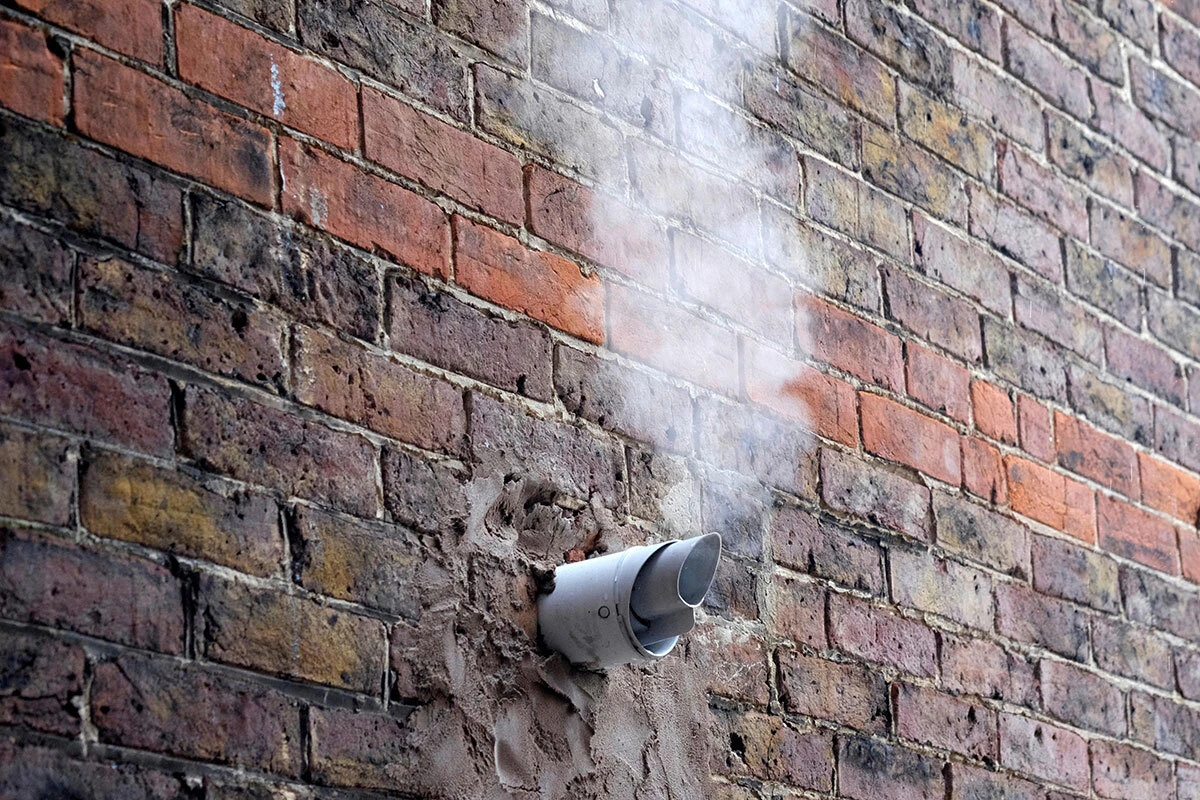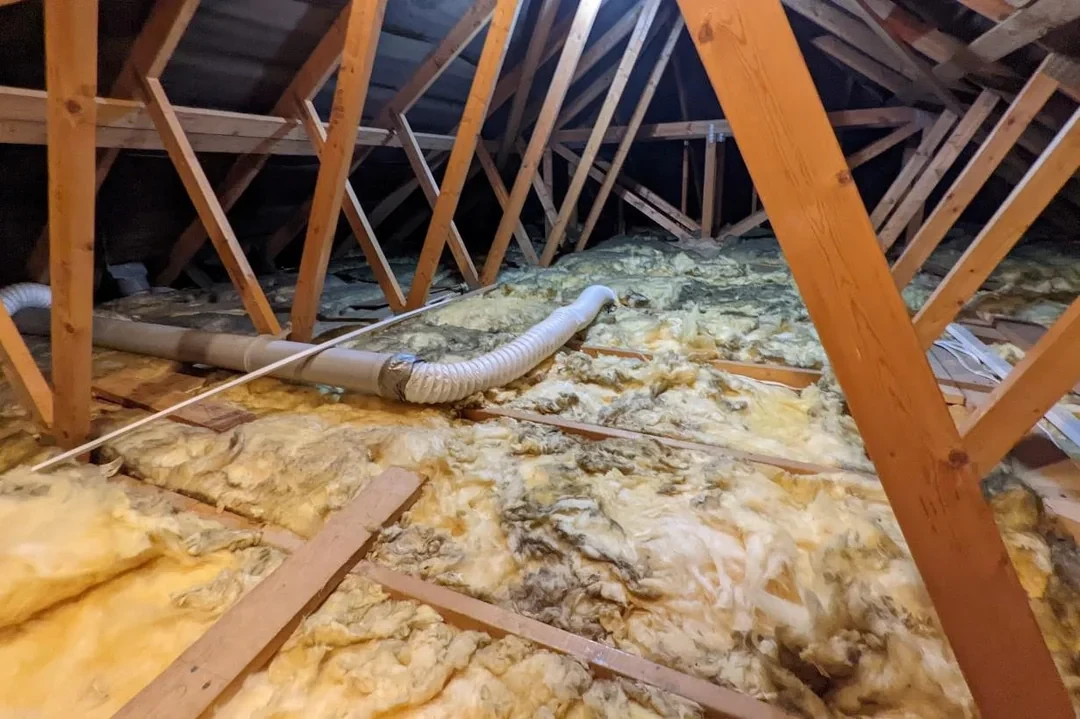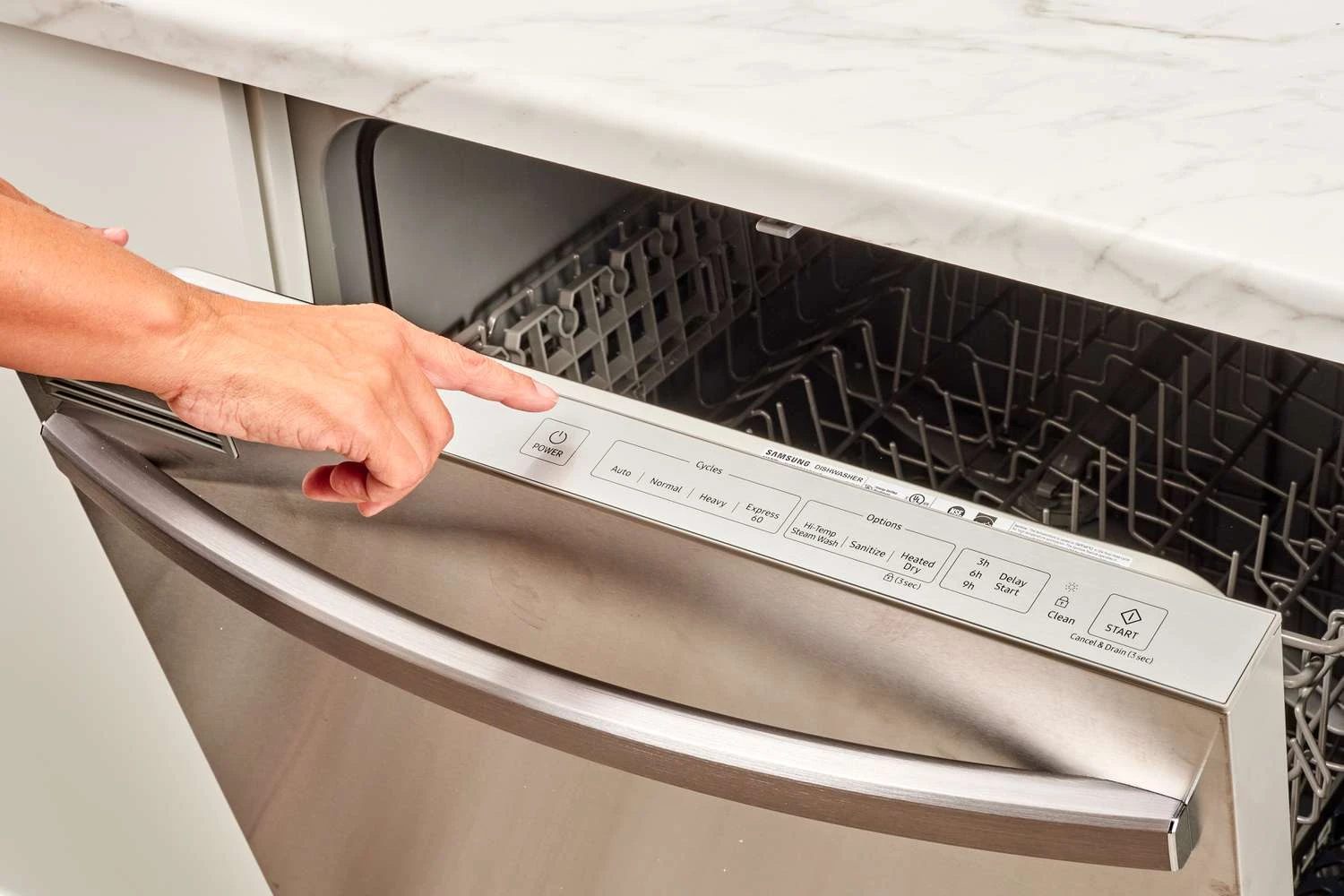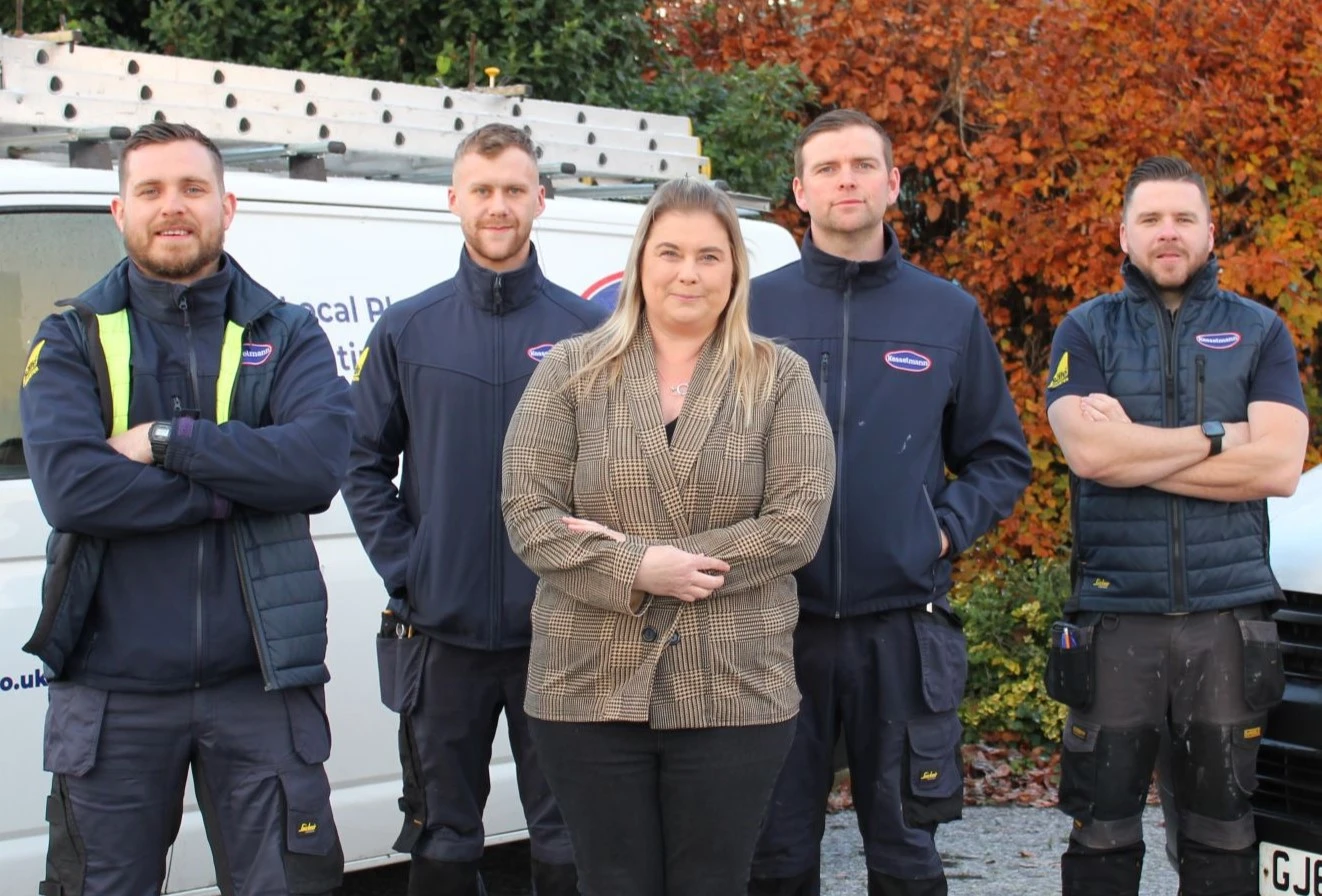01/01/2025
A shower pump is a device designed to enhance water pressure and flow in shower systems, particularly in homes with gravity-fed plumbing setups. By boosting water pressure, shower pumps ensure a more invigorating and consistent shower experience. Understanding the mechanics of shower pumps and the distinctions between positive head, negative head, and universal pumps is essential for selecting the appropriate system for your needs.
At its core, a shower pump functions by increasing the water pressure from your storage tanks to your shower. The process involves:
Water Ingress: Water from the cold water storage tank and hot water cylinder enters the pump's inlet pipes.
Pressure Amplification: Inside the pump, impellers (rotating components) spin rapidly, utilising either centrifugal or regenerative force to boost the water's pressure.
Water Egress: The pressurized water exits through the outlet pipes, supplying the shower with enhanced pressure and flow.
The specific mechanism of pressure amplification varies between centrifugal and regenerative pumps:
Centrifugal Pumps: Water enters through the center of the impeller. As the impeller spins, centrifugal force propels the water outward, increasing pressure within the chamber and forcing water out of the pump. This design offers higher flow efficiency, making it suitable for installations with multiple bathrooms.
Regenerative Pumps: These pumps feature a water wheel impeller. As water enters, the impeller spins it around inside the casing, building pressure as it travels. A stripping block then directs the pressurized water out of the pump. Regenerative pumps are adept at handling air pockets and are often used in systems where air entrainment might be an issue.
Types of Shower Pumps
Positive Head Shower Pumps:
Functionality: Designed to boost water flow in systems where there is a natural gravitational flow of water from the tank to the shower. These pumps are activated by a flow switch when a flow rate of approximately 2 liters per minute is detected.
Suitable Systems: Ideal for installations where the shower or outlet is positioned below the water storage tank, ensuring a natural flow exists.
Example: In a typical two-story house with a loft-installed cold water storage tank, a positive head pump can effectively enhance shower performance on the ground floor.
Negative Head Shower Pumps:
Functionality: Engineered for situations where the showerhead is at or above the level of the water storage tank, resulting in little to no natural flow. These pumps are activated by a drop in pressure when an outlet is opened, rather than by flow.
Suitable Systems: Essential for loft conversions or installations where the showerhead is on the same level or higher than the water tank.
Example: In a bungalow with a loft-installed water tank and a shower on the same level, a negative head pump ensures adequate water pressure.
Universal Shower Pumps:
Functionality: Versatile pumps capable of operating in both positive and negative head conditions. They detect pressure drops and activate accordingly, making them suitable for a wide range of installations.
Suitable Systems: Ideal for households uncertain about their system type or those anticipating future plumbing modifications.
Example: A universal pump can adapt to varying system configurations, providing flexibility for homeowners planning renovations.
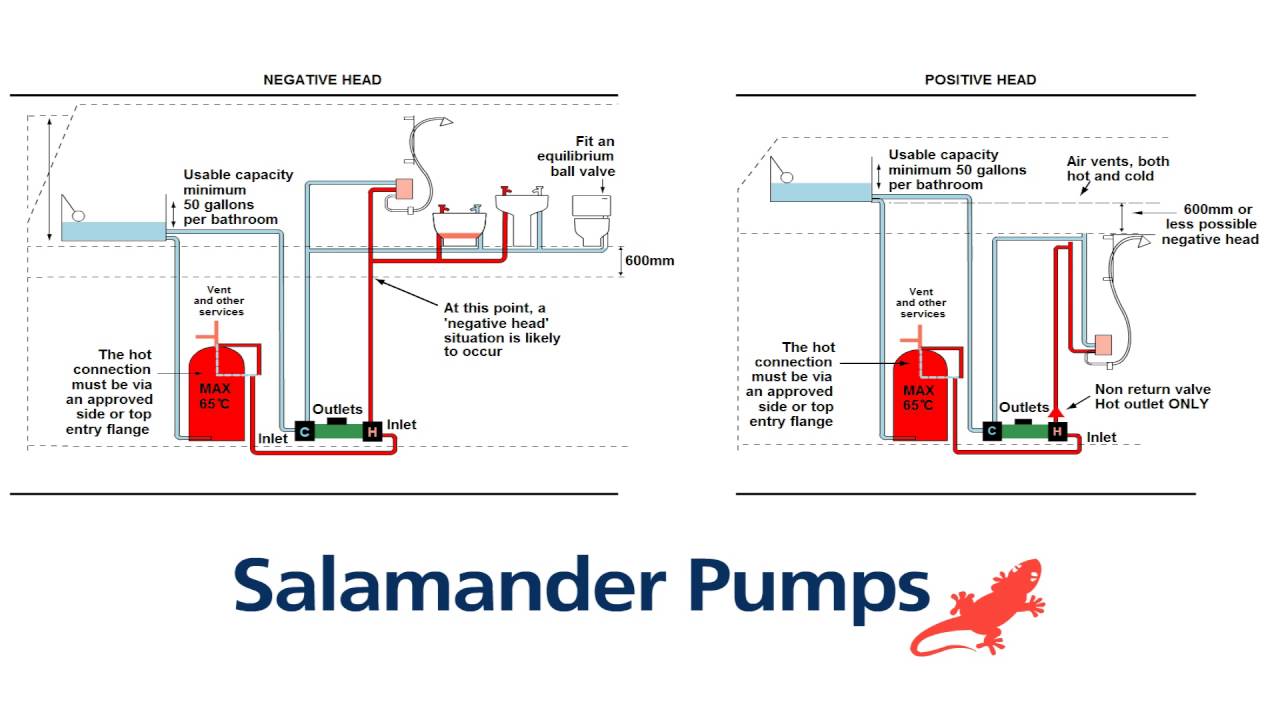 Selecting the Appropriate Shower Pump
Selecting the Appropriate Shower Pump
Choosing the right shower pump involves assessing your home's plumbing configuration:
Identify Your System:
Positive Head: If there's a natural flow of at least 2 litres per minute from the water tank to the outlet.
Negative Head: If the natural flow is less than 2 litres per minute or non-existent.
Consider Future Needs:
If you plan to remodel or are uncertain about your system, a universal pump offers flexibility.
Consult Professionals: Engaging with a qualified plumber or specialist can provide personalized recommendations tailored to your home's requirements.
Installation and Maintenance
Proper installation and regular maintenance are crucial for optimal pump performance:
Installation Tips:
Ensure the pump is installed in a location that allows easy access for maintenance.
Use appropriate fittings and adhere to manufacturer guidelines to prevent issues like air
Final Thoughts
Shower pumps are an essential component for homes with low water pressure. Whether you need a positive head pump for a gravity-fed system, a negative head pump for loft conversions, or a universal pump for flexibility, understanding the differences will help you make an informed choice. For high-quality pumps, we recommend visiting Salamander Pumps.
Should you require any assistance with the installation of a shower pump within the East Yorkshire or North Lincolnshire area, our team of certified Hull Plumbers and shower installers are ready to help.
Other related guides
Will My Shower Work Without Power?
What Flow Rate is Needed For a Good Shower?
What Shower Temperature Is Best?
What Shower Is Best For a Combi Boiler?
What Shower Pump Do I Need?
How Much Does a Plumber Cost to Install a Shower in the UK?
